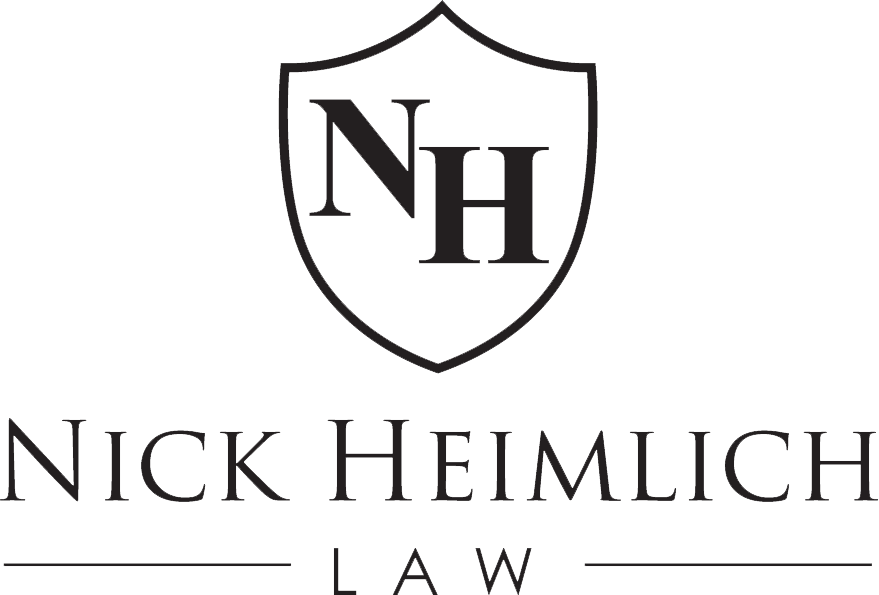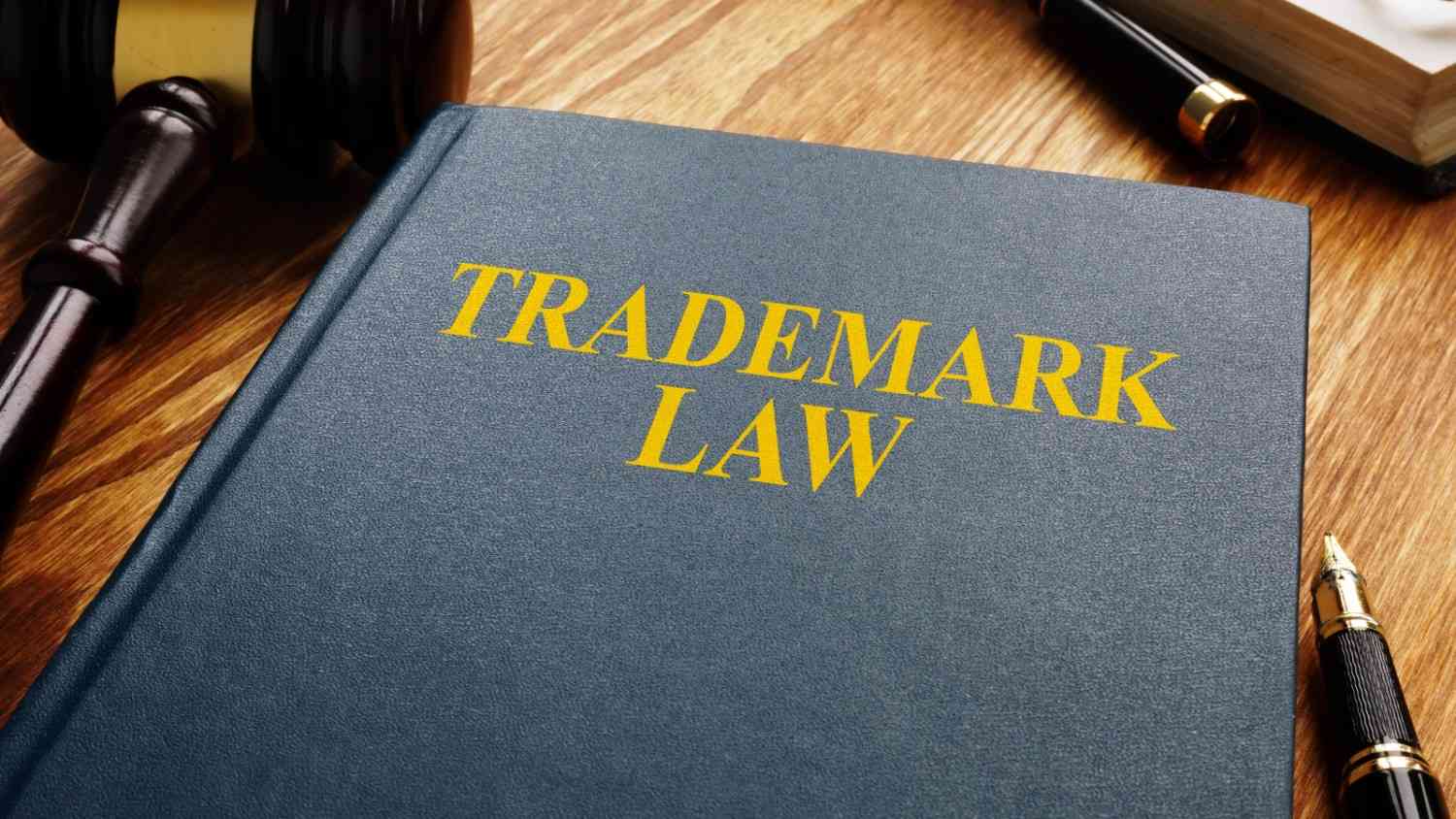Figuring out how to protect your work can be confusing, especially when it comes to copyright and trademark. But one thing is sure: if you don’t take the proper steps, someone else could use your expression of ideas without permission.
Whether you’re launching a business, creating art, or developing new products, understanding which protection suits your work is crucial. Without proper protection, your creations could be at risk.
In this blog, we’ll break down the differences between copyright and trademark laws. You’ll learn what each type of protection covers, how they differ, and how to decide which one fits your needs. We’ll also learn how a copyright and trademark attorney can help guide you through the process if you’re uncertain.
By the end, you’ll know how to protect your intellectual property and avoid common pitfalls. Let’s dive in and get a clear understanding of copyright vs. trademark protection.
Why Understanding Intellectual Property Protection Types Matters
Understanding intellectual property protection is essential for anyone creating original work or building a brand. Without it, your ideas are vulnerable to theft or misuse, which can harm both your reputation and bottom line. Knowing the correct type of protection ensures you’re legally covered.
Here are some key reasons why it matters:
- It prevents others from using your work or brand without permission.
- It minimizes the risk of costly legal disputes.
- It provides a legal framework for enforcing your rights.
- It strengthens your brand’s identity and trust with consumers.
- It allows you to license your work for revenue.
Grasping these concepts will help you make informed decisions on protecting your intellectual property. Whether you’re creating a brand or writing a novel, knowing your protection options is essential for long-term success.
What Is Copyright Protection And How Does It Work
Copyright protection gives creators exclusive rights to their original works. It applies automatically once a work is fixed in a tangible form.
Understanding copyright helps you control how others use your creations and protects you from misuse, but the details involve more than just ownership, which we’ll explore in the sections below.
Definition And Scope Of Copyright Law
Copyright law is designed to protect original works of authorship. It covers creative expressions that are recorded or written down, not ideas themselves. This means your written story, recorded song, or designed software can be protected, but the concept behind it cannot.
The law gives creators several exclusive rights. You can reproduce your work, create derivative works, distribute copies, perform it publicly, or display it. These rights allow you to control how your work is shared and ensure that you can benefit financially and legally from your creations.
Types Of Creative Works Covered By Copyright
Copyright applies to a wide range of creative works. The types of works typically covered include:
- Literary works: Novels, articles, poems, blogs, and academic papers.
- Musical works: Compositions, lyrics, and recordings.
- Dramatic works: Plays, screenplays, and choreographed performances.
- Artistic works: Paintings, drawings, sculptures, and photographs.
- Audiovisual works: Films, television shows, and online videos.
- Software: Computer programs, mobile apps, and video game code.
- Sound recordings: Recordings of music, podcasts, or other audio performances.
Copyright protects the expression of ideas, not the ideas themselves. If your work is misused or copied without permission, you have legal recourse. For anyone involved in challenging an unfair business lawsuit, understanding these protections can be critical.
Automatic Copyright Protection Vs Registration Benefits
Copyright protection automatically applies once your work is created and fixed in a tangible form. You don’t need to file anything for your rights to exist, which makes it simple for creators to get immediate coverage.
- Automatic protection: Rights exist immediately upon creation. You can reproduce, distribute, and display your work.
- Registration benefits: Filing with the U.S. Copyright Office provides legal proof of ownership and enables statutory damages in the event of infringement.
While registration is optional, it strengthens your ability to enforce rights and protects you in disputes. It also creates an official record that is recognized in courts, making it easier to defend your work if challenged.
Duration And Expiration Of Copyright Protection
The length of copyright protection depends on who created the work and when it was created. For individuals, it usually lasts the life of the author plus 70 years. For works made for hire, anonymous works, or corporate-created works, it lasts 95 years from publication or 120 years from creation, whichever is shorter.
Once copyright expires, the work enters the public domain. Anyone can use it freely without obtaining permission or paying royalties. Understanding this timeline helps creators plan how long they can control and benefit from their works.
What Is Trademark Protection And How Does It Work
Trademark protection safeguards the symbols, names, and logos that identify your products or services, ensuring their unique and exclusive representation. It prevents others from using marks that could confuse customers.
Understanding how trademarks function enables you to establish a brand that consumers can trust, and the details will be outlined in the sections below.
Definition And Purpose Of Trademark Law
Trademark law protects identifiers that distinguish goods or services in the marketplace, thereby preventing confusion and ensuring consumer trust. This includes names, logos, slogans, and other marks that signal the source of a product. The goal is to prevent confusion and protect the reputation of brands.
Trademarks give you the exclusive right to use the mark in commerce for your specific goods or services. They also allow legal action if someone uses a similar mark in a way that misleads customers. Proper trademark use strengthens recognition and builds consumer loyalty over time.
Types Of Marks Eligible For Trademark Protection
Various marks are eligible for trademark protection if they distinguish your brand. Common examples include:
- Word marks: Names of businesses or products, slogans, or phrases.
- Logos and symbols: Visual designs, icons, or graphic elements representing a brand.
- Sounds: Distinctive audio identifiers linked to a brand.
- Colors: Specific color schemes associated with your product or packaging.
- Trade dress: The overall appearance, shape, or design of a product or its packaging.
Trademarks only protect marks in connection with the goods or services they are registered for. They do not prevent someone else from using the same mark in a different industry. Understanding this distinction is crucial for effective brand protection and developing a successful marketing strategy.
The Trademark Registration Process And Requirements
Registering a trademark with the USPTO requires careful preparation and attention to detail. The process ensures your mark is legally recognized and enforceable.
- Eligibility check: Verify that your mark is distinctive and does not conflict with existing marks.
- Application submission: Provide a clear representation of the mark, specify goods/services, and state the first use in commerce.
- Examination: The USPTO reviews the application to confirm it meets all requirements.
- Publication: If accepted, the mark is published for opposition by third parties.
- Registration: If no successful opposition arises, the mark becomes officially registered.
Once registered, your trademark gives legal protection and nationwide recognition. This allows you to take action against infringers and build brand equity with confidence. To get a federal trademark, you must have use in interstate commerce or international use. If you only use your trademark within 1 state, then you cannot have a federal trademark.
Trademark Duration And Renewal Obligations
Registered trademarks initially last 10 years and can be renewed indefinitely as long as they remain in use. Owners must submit ongoing filings to maintain the registration. This includes proof of continued use and proper renewal applications.
Failing to maintain a trademark can result in its cancellation. Knowing how to follow contract drafting tips and renewal requirements ensures that your brand remains protected over time. Consistent use and monitoring are essential for long-term trademark security.
How To Choose Between Copyright And Trademark Protection For Your Needs
Deciding whether to use copyright or trademark protection depends on the type of work you have and how you plan to use it. Copyright protects the expression of creative works, while trademarks protect identifiers that distinguish your goods or services. Understanding your goals and the nature of your work will help you make the right choice.
Consider the following approaches when deciding:
- Choose copyright if your work is an original creative expression like writing, music, art, or software. This ensures your work cannot be reproduced or distributed without your permission.
- Choose a trademark if your focus is on brand identity, such as a business name, logo, slogan, or product design. This prevents others from using similar marks that could cause customer confusion.
- Choose both if you have a product or creative work that also carries branding. For example, a published book with a unique title and cover design may benefit from copyright for the content and trademark for the title and logo.
Evaluating the purpose of your work and its commercial value is crucial. Look at how you want to protect your rights and what aspects of your work are most at risk. Combining protections can provide the most comprehensive coverage. Proper planning now reduces the risk of disputes later.
Making The Right Choice For Your Intellectual Property
Protecting your intellectual property effectively requires a strategic approach. Understanding the differences between copyright and trademark ensures you apply the right type of protection to each part of your work. This reduces the chance of infringement and helps maintain control over how your creations are used.
Working with a trusted business attorney can simplify this process. They can evaluate your work, identify potential risks, and guide you through the registration or enforcement process. By taking the proper steps, you safeguard your creative efforts and brand identity for the long term.
Protection is not just a legal formality. Now, more than anything, it’s a tool to secure your hard work and investment.





